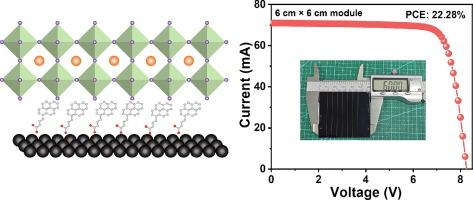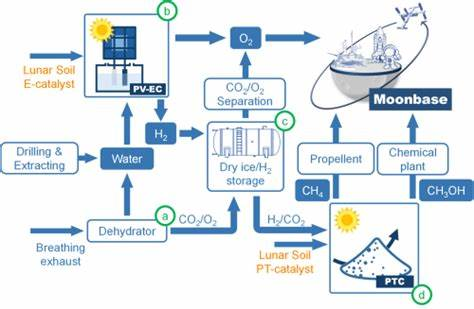The solar energy sector is undergoing a transformative phase, driven by cutting-edge materials that promise to redefine the efficiency and durability of PV panels. As global renewable energy demands surge, innovations like perovskite solar cells and advanced protective coatings are setting new benchmarks for performance and reliability.

Image source: News media
Perovskite PV Panels: Efficiency Meets Versatility
Perovskite-based PV panels are stealing the spotlight with their unprecedented efficiency gains. For instance, Oxford PV recently announced a perovskite-silicon tandem cell achieving 25% efficiency, a milestone that edges closer to the theoretical limits of solar conversion. Unlike rigid silicon panels, perovskite’s flexibility opens doors for applications in curved surfaces, portable devices, and even lunar energy systems (see "Moon Photovoltaics" below).

Image source: News media
However, durability remains a hurdle. Early perovskite cells degraded rapidly under heat and humidity, but breakthroughs like chloride additives (e.g., methylammonium chloride) are stabilizing these materials. Researchers at the University of Oxford demonstrated that such additives reduce halide segregation, enabling 1.8 eV perovskite cells to retain 17% efficiency and 1.25 V open-circuit voltage

From Oxford University study
Durability Enhancements: Coatings That Defy the Elements
To combat environmental stressors, novel coatings like BondLynx are proving revolutionary. A 2025 study revealed that BondLynx-treated perovskite panels retained 99% efficiency after 1,000 hours of simulated sunlight exposure, compared to a 35% drop in untreated cells. Similarly, NiOx-based interfacial layers are enhancing stability in inverted perovskite PV panels, with modules maintaining 92% efficiency after 200 hours of UV exposure.

From Journal of Energy Chemistry
Lunar Photovoltaics – PV Panels on the Moon
In a groundbreaking 2025 project, scientists developed PV panels using lunar regolith (moondust) as a substrate. By melting moon soil into glass and layering it with perovskite, the team achieved 23% efficiency under AM0 (space sunlight) conditions. These panels also survived 68 MeV proton radiation with 99.6% efficiency retention, showcasing their potential for extraterrestrial energy solutions.

Source: Nanjing University News Network
Scaling and Sustainability
The integration of spectrally engineered coatings (e.g., photoluminescent radiative cooling layers) is further optimizing PV panels. A 2025 study in Advanced Materials showed that such coatings boosted bifacial panel output by 32% while reducing heat absorption by 14%7. With scalable production methods like carboxylate-based self-assembled interfaces8, the industry is poised to deliver affordable, high-performance PV panels for residential and commercial markets.